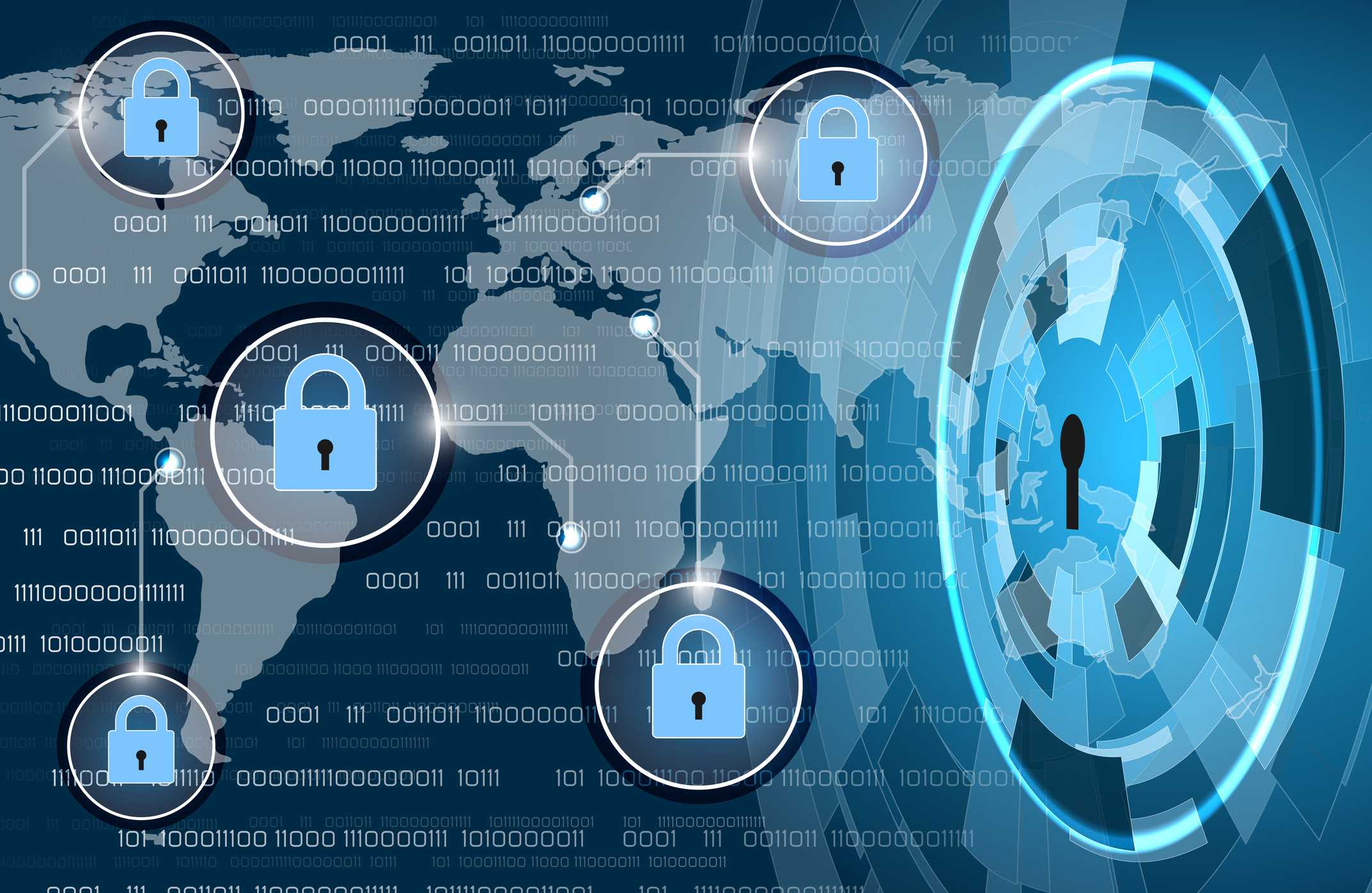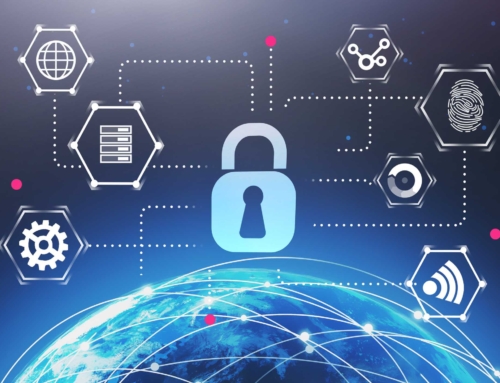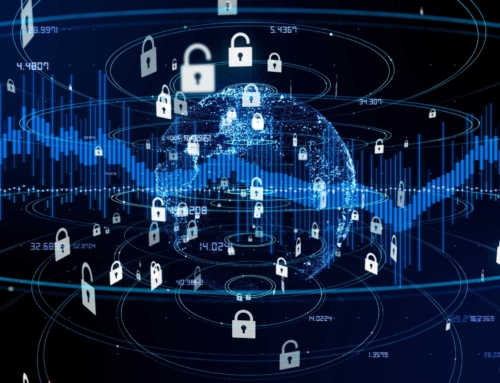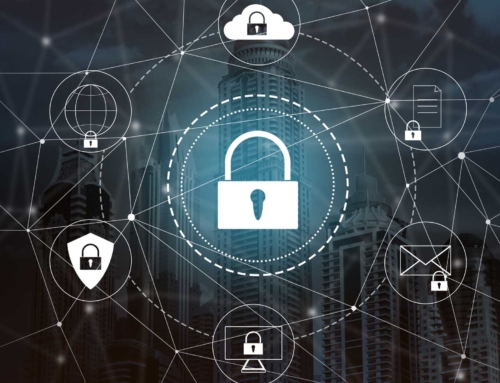Training Leadership Teams for Crisis Decision-Making During Ransomware Events
Understanding the Threat Landscape
Leadership crisis training for ransomware is becoming an essential component of cyber resilience strategies. As we at Alvaka recognize, the cyber threat landscape is perpetually shifting, with ransomware attacks growing in both sophistication and frequency. These attacks can cripple an organization’s operations, often leading to substantial financial losses and damage to reputation. We believe it’s crucial for leadership teams to be well-versed in the nature of these threats and prepared to respond effectively.
The Rise of Ransomware Attacks on Organizations
Ransomware has rapidly become one of the most prevalent and disruptive types of cybercrime. We understand that adversaries continually refine their tactics to evade detection and enhance the potency of their attacks. Our approach ensures that leadership is not only aware of these developments but is also equipped with the necessary insights to mitigate risks and safeguard our organization’s assets.
Leadership Crisis Training for Ransomware: A Proactive Approach to Cyber Resilience
We advocate for a proactive stance on cyber resilience, starting with comprehensive crisis training for our leadership. By simulating ransomware scenarios, we can hone decision-making abilities and crisis management processes. This training extends beyond IT departments, encompassing all facets of our organization, ingraining a culture of security awareness and preparedness from the top down.
Assessing the Risks: Why Leadership Teams Are Integral in Crisis Decision-Making
Effective crisis decision-making hinges on a deep understanding of the risks at hand. As part of our ongoing commitment to cybersecurity, we prioritize regular risk assessments that involve our leadership teams. This is not solely to ensure familiarity with the technical aspects of potential threats but also to comprehend the organizational ramifications of a ransomware attack fully. Consequently, our leaders are crucial players in crafting robust defense mechanisms and response strategies that align with our core mission and values.
Equipping Leadership with the Knowledge to Respond
The anatomy of a ransomware attack: What leadership must know
At Alvaka, we understand the critical role that leadership plays during a ransomware attack. It is paramount that those at the helm have a thorough understanding of such events. Recognizing the stages of the attack, from the initial breach to the demand for payment, allows leaders to coordinate a defense effectively. Quick actions like isolating infected systems can prevent the spread, ensuring the protection of sensitive data. Moreover, knowing the legal implications and coordinating with law enforcement are essential components of our robust response strategy.
Leadership crisis training for ransomware: Developing the skills for rapid response
Our commitment to readiness is exemplified through our specialized training programs. These prepare our leaders to respond with speed and precision to a ransomware threat. By simulating real-life scenarios, we ensure that leaders can make critical decisions swiftly, minimizing the potential damage. The key skills we focus on developing include identification of the threat’s nature, implementation of pre-designed response protocols, and communication management with stakeholders, ensuring transparent and timely updates throughout the incident.
Scenario-based training: Preparing leaders for real-world ransomware crises
We place a strong emphasis on scenario-based training sessions. Here, leaders face various ransomware simulations, enabling them to hone their technical understanding and strategic decision-making. Throughout these exercises, our leaders engage with different variables and outcomes, enforcing adaptability, and resilience in the face of adversity. This training ensures that when faced with a real-world incident, our leaders are not only familiar with theoretical best practices but also experienced in the practical application of these strategies.
Developing a Robust Crisis Decision-Making Framework
Building a cross-functional crisis response team
In anticipation of ransomware incidents, we advocate for the formation of a diverse crisis response team. Drawing from various departments, this team unites technical experts, legal advisors, and communication specialists unified under a common objective: to mitigate the impact of the attack. Collaboratively, the team assesses the situation, strategizes a response, and implements containment measures to protect our organization’s assets and reputation. Efficient communication is the lifeline of successful crisis management. Through our training, we instill the importance of maintaining open channels of communication between all layers of the response team and external entities. By doing so, we strengthen our resilience to attacks and collectively navigate towards a resolution. Coordination with external cybersecurity firms and law enforcement plays a pivotal role in our larger defense mechanism against ransomware.
Decision-making under pressure: Strategies for effective leadership in the face of ransomware
Decision-making during a ransomware crisis can be overwhelming for any leader. We prepare our leaders to operate effectively under pressure by providing the necessary tools and information to make informed choices. Through systematic training, we cultivate a psychological readiness to face these high-stress situations and emerge successfully.
Implementing an Ongoing Training and Awareness Program
The importance of regular updates on IT security and threat intelligence
In an ever-changing cybersecurity landscape, remaining current with the latest threats and prevention techniques is critical. We commit to regular updates and briefings on IT security developments and threat intelligence. These sessions not only inform but also reinforce the importance of staying vigilant and proactive in our defense against ransomware threats.
Creating a culture of security awareness
Security is a collective responsibility, and we dedicate ourselves to cultivating a company-wide culture of vigilance. From new hires to seasoned executives, we integrate security awareness into our core values. Our approach includes:
- Regular cybersecurity awareness training for all staff members
- Updates on new threats and trends in cybercrime
- Best practices for maintaining personal and organizational cybersecurity hygiene
Did you know? Regular leadership crisis training can equip executives with the critical decision-making skills necessary to navigate the complexities of a ransomware attack.
Cultivating Cyber Resilience: The Role of Leadership in Ransomware Preparedness
As we confront the growing sophistication of cyber adversaries, it’s evident that ransomware is not just a technical challenge but a business continuity and leadership issue. At Alvaka, we understand that equipping leadership with the tools and knowledge to manage such crises is not a one-off exercise but a continuous journey toward cyber resilience. Our philosophy in leadership crisis training for ransomware emphasizes the importance of learning, rehearsing, and adapting to the evolving threat landscape to safeguard our client’s interests.
Sustaining Vigilance and Building a Preparedness Mindset
In the wake of a ransomware incident, the focus often shifts to recovery and damage assessment, but the true measure of leadership is the ability to maintain persistent vigilance and a preparedness mindset. Our comprehensive approach to leadership crisis training for ransomware empowers leaders to not only react with precision and confidence but also to foster a culture where proactive measures are woven into the fabric of their organization’s daily operations.
Forging a Path to Ransomware Recovery
The path to ransomware recovery requires a well-charted plan, and our role is to illuminate that path for our clients. With the synergy of our cross-disciplinary teams and the commitment of leadership, we craft actionable strategies that fortify defenses and accelerate recovery efforts. Our unwavering dedication to preparedness positions our clients at the forefront of cyber resilience, enabling them to emerge stronger from ransomware adversities.
We recognize that the potency of our services lies not merely in robust security infrastructures but also in the hands that guide them. The definitive test of leadership during a ransomware crisis is the clarity of decision-making and the ability to marshal resources effectively under duress. Therefore, we continually invest in our leadership crisis training for ransomware to ensure that leaders are primed to navigate these tumultuous events with foresight and fortitude. At Alvaka, we stand committed to securing not just your networks, but the very continuity of your business, fostering an environment where security is a shared responsibility, from the boardroom to the server room.
FAQ
What is a ransomware attack and how can it affect our organization? ▼
A ransomware attack is a type of cyberattack where malicious software encrypts an organization’s data, rendering it inaccessible until a ransom is paid. This can cripple operations, compromise sensitive information, and result in financial losses, as well as damage to our reputation.
Why is it essential for leadership to undergo crisis training specifically for ransomware? ▼
Leadership crisis training for ransomware is crucial because executives play a key role in guiding the organization through a crisis. They must make informed decisions quickly to mitigate damage, communicate effectively with stakeholders, and ensure a swift response to protect our assets and reputation.
What skills will our leadership develop through ransomware crisis training? ▼
Through targeted training, our leaders will gain the skills to rapidly analyze the situation, make informed decisions on how to respond, effectively communicate with all stakeholders, and lead the organization towards recovery, while maintaining resilience in the face of adversity.
How does scenario-based training prepare our leaders for ransomware threats? ▼
Scenario-based training immerses our leaders in simulated ransomware crises, allowing them to practice their response skills, test decision-making abilities under pressure, and learn from these exercises in a controlled environment, thereby improving their readiness for actual events.
Can you describe the cross-functional crisis response team we should build? ▼
Our cross-functional crisis response team should encompass members from IT, security, legal, communications, and executive leadership. This team will coordinate efforts, share expertise, and ensure that all aspects of the organization are represented in decision-making during a ransomware crisis.
How does communication come into play during a ransomware attack? ▼
During a ransomware attack, effective communication is paramount. It ensures that all team members are aware of the situation, allows for clear dissemination of roles and responsibilities, and facilitates transparency with external stakeholders, all while reducing the potential for misinformation.
What strategies can leadership employ for decision-making under pressure? ▼
Leaders can rely on predefined decision-making frameworks, lean on the expertise of their cross-functional team, prioritize tasks to focus on critical processes, and utilize frequent updates from IT and security teams to make informed decisions under the pressure of a ransomware incident.
Why should our leadership team receive regular updates on IT security and threat intelligence? ▼
Regular updates on IT security and threat intelligence keep our leadership informed about the latest threats and cybersecurity best practices. This knowledge is critical for proactive risk management and ensuring that their decision-making reflects the current threat landscape.
How can we create a culture of security awareness in our organization? ▼
Creating a culture of security awareness involves regular training, clear communication about cyber risks, and promoting a sense of shared responsibility among all employees. Moreover, leadership must lead by example, reinforcing the importance of cybersecurity in our day-to-day operations.
What is the role of leadership in the aftermath of a ransomware attack? ▼
After a ransomware attack, our leadership is responsible for steering the recovery process, communicating openly with stakeholders, and overseeing a review of the incident to identify and address security gaps. They must also focus on reinforcing and improving our cybersecurity posture to prevent future attacks.








 Smoke testing is a term used to describe the testing process for servers after patches are applied.
Smoke testing is a term used to describe the testing process for servers after patches are applied.  This is a basic cost calculator for you to compute your typical monthly cost for patching your servers, PCs, laptops, tablets and associated application software. It also forms the basis for you to begin calculating your Return on Investment for software patching, or for comparison with alternatives to the manual process of patching operating systems and application software—such as Patch Management as a Service, also known as Vulnerability Management as a Service.
This is a basic cost calculator for you to compute your typical monthly cost for patching your servers, PCs, laptops, tablets and associated application software. It also forms the basis for you to begin calculating your Return on Investment for software patching, or for comparison with alternatives to the manual process of patching operating systems and application software—such as Patch Management as a Service, also known as Vulnerability Management as a Service.